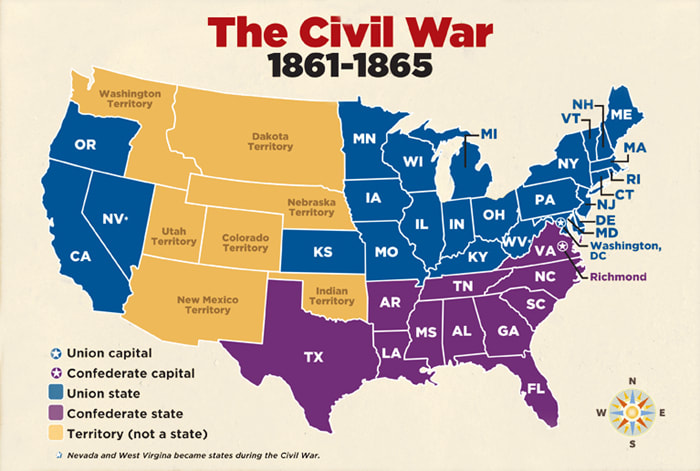

The eastern border was very far from Cape Town, the capital. They were mostly Afrikaans, and did not want to be ruled by the British. This caused unhappiness among the White farmers especially those on the eastern border of the Cape Colony. In 1806 Britain took over the Cape from the Dutch East India Company. The two groups had very different ways of life, and there were many clashes between them. When the Europeans came to the Cape, they came into contact with the native Khoikhoi people. There were also slaves in the Cape, brought from Africa, Malaysia and other parts of the east, to serve the people from the DEIC. The Europeans included Dutch, French and German people. They moved away from Cape Town and started farms and little towns to the north and east. At first most of the Europeans worked for the DEIC, but later, more and more Europeans chose to come to the Cape to settle. This trading post was started by Jan van Riebeeck, who arrived in 1652. Sailing ships on their way to India could stop to rest, do repairs and restock. It was the biggest of the four South African provinces.Ĭape Town began as a small trading post run by the Dutch East India Company (DEIC) from the Netherlands. The Cape Province’s official name was the Province of the Cape of Good Hope. These also became self ruling and independent from Britain as separate countries from South Africa. The other two colonies were the smaller kingdoms of Swaziland and Basotholand. These provinces included the old homeland territories. In 1993 with the preparations for democracy, the country was divided into nine provinces. Today it is still the name, but everybody calls it South Africa. The name of the country changed to the Republic of South Africa. This means that it was not a British colony anymore. In 1961 the Union of South Africa became independent from Britain.

The four old colonies became the provinces of the Union, namely the Cape Province, the Orange Free State, the Transvaal, and Natal. In 1910 four of the colonies were brought together as the Union of South Africa. They were all separate, with their own governments. After the Anglo-Boer War, there were six British colonies in South Africa.


 0 kommentar(er)
0 kommentar(er)
